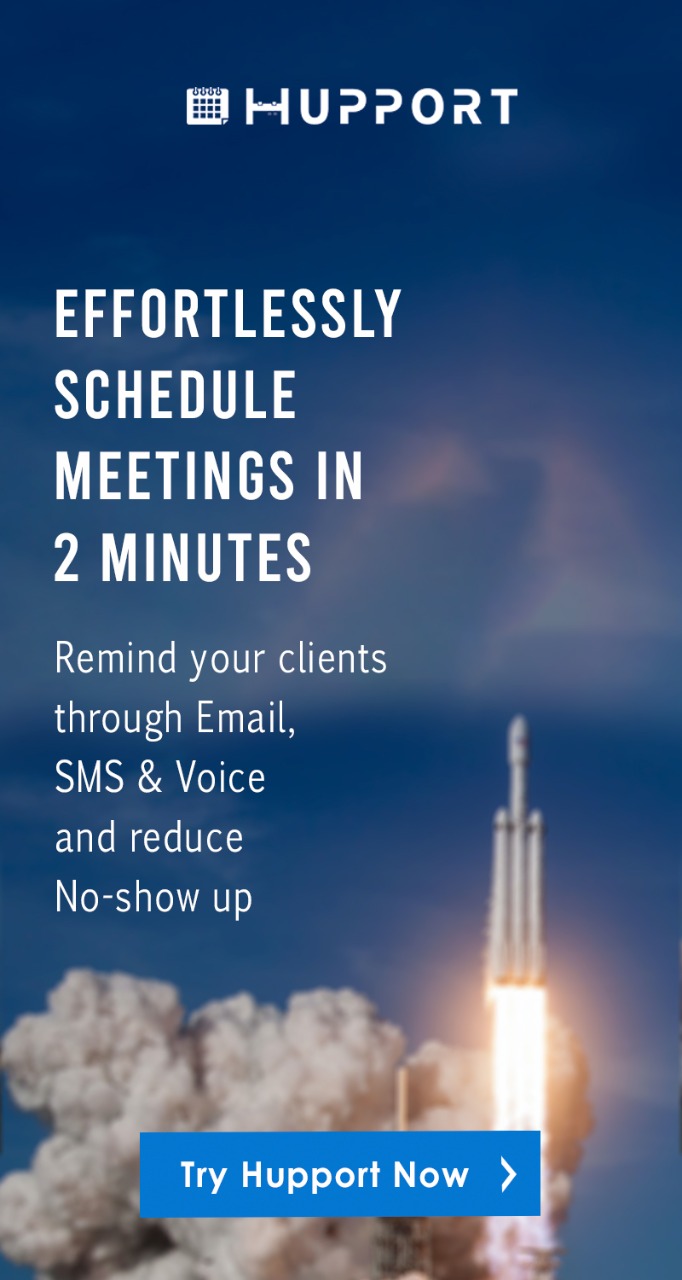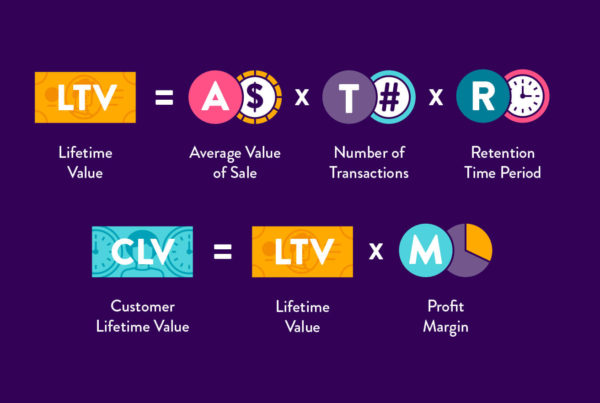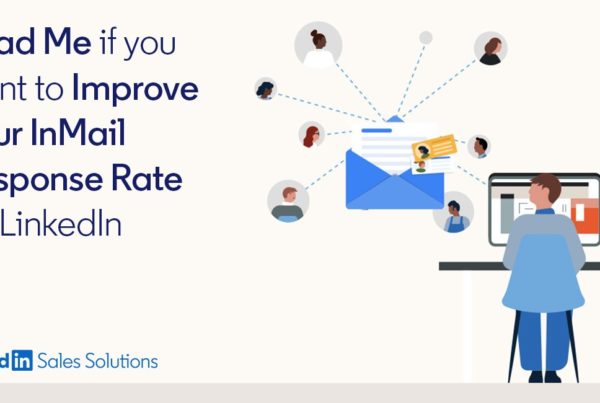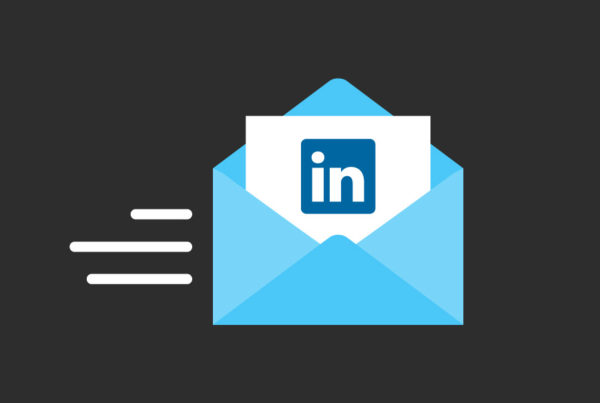We all know that follow-up emails increase the open rates of cold emails. There are cases where we experience low open rates on our follow-up emails. Follow up emails with low open rates will definitely affect the open rates of cold emails.
The big question now is how do we increase the open rates of follow-up emails?
Follow-up emails have a lot to do in the success of your cold email campaign. We are going to look at the ways in which the open rate of follow-up emails can be increased.
Use a compelling and eye-catchy subject line
The subject line of a follow-up email is a very important part of the email. The subject line, to a very large extent determines if an email will be opened or not.
If your subject line is boring and lacks quality information, there is a high tendency that the email won’t be opened or worst it will be deleted.
When writing a follow-up email, to increase your open rate chances, use an eye-catchy and a compelling subject line. Your follow-up email should be easily singled out of the crowd and your recipient should be curious to read what is in your email.
Know the best time to send follow-up emails
When you send follow-up emails at the wrong time of the day, it has a high tendency not to be attended to. There are times in a day when people are very busy and other times less busy.
Know the best time to send follow-up emails to increase your open rates. You can get information about your recipients to know the best time they attend to their emails.
You can as well do a test by sending follow-up emails at different times and track the time with the highest open rates. From your findings, you will know the best time to send follow-up emails.
Make sure your follow-up emails make it to their inboxes
Most emails these days are spam-sensitive and if your emails are not well-written, it may trigger spam. If your follow-up emails are dumped in spam box or bounces, that is already the beginning of low open rates.
Use words that are not spam-triggered and send your emails with a recognized email address.
Are you familiar with the benefits of follow-up emails?
I guess you are already aware of its importance and that’s why you’re here today. Nobody wants to receive unprofessional emails and generally, these emails get deleted within minutes. That means enhancing the odds of opening rates of your follow-up emails is not so easy.
But don’t need to worry. In this post, I’ve compiled some brilliant ways through which you can expect to increase your follow-up emails’ opening rates.
Do you know that email is 40 times more effective as compared to social media in the question of acquiring new customers?
However, many people are unable to recognize its effectiveness in the era of social media.
Most of the business professionals still use email as one of the primary means of communication.
Don’t forget that the success of your email marketing campaign depends on your email opening rates.
And if your prospects don’t open your emails, it’s not possible to grow your business from the email marketing strategy.
How to Measure Followup Email Open Rate?
Suppose you have sent 100 emails in total and 10 of them get bounced and thus you’ll have 90 delivered emails. Out of those 90 emails, for instance, 10 emails are opened by your prospects. That means the open rate of your email campaign is 11%.
What is called as a Good Email Opening Rate?
If you could achieve a 40% email opening rate for each and every email you sent, then it can be considered as a good email opening rate.
Moreover, it’s also possible to achieve even more than 90% email opening rate but you need to implement all the important strategies.
Many people measure the success of their email marketing campaign by the number of viewers, who have opened the email (called email open rate) and the number of the viewers, who have clicked on a link (known as click-through rate).
Although nothing is wrong in it, the click-through rate will be completely dependent on the open rate. Unless your prospects don’t open your email, how come they click on it?
That means to have a better click-through rate, you make people motivated to open your emails.
So, you should never step back from following-up your clients if there is no reply after a successful conversation. Now, without any further ado, let’s talk about the steps below:
Start Your Follow up Email with an Attractive Subjective Line:
You would be stunned to know that 33% of the total email receivers open emails based on their subject lines.
It is due to the fact that because it’s the subject line that your prospects will first see. That’s why the subject line needs to be attractive and straightforward.
Moreover, the subject line of your email should briefly convey the purpose of the email otherwise it will not take more time to get deleted.
Don’t forget your main goal is to motivate your prospects to read your entire email carefully.
The best way to write email subject lines is to convey it in a short yet descriptive manner so that the recipients get the encouragement to further open that email.
According to a study, the old school method of keeping simple subject lines still works.
Don’t include words, such as “free”, as they are prone to transfer your email into the spam filters.
Customize Your Follow up Emails by Arranging Surveys:
You can easily make use of Qeryz in order to conduct a short survey on your business website. Ask about the requirements, opinions, and views will increase the odds of customer engagements with your emails.
And moreover, such surveys could also improve the quality of your monthly newsletters.
Opinions and feedback are great means to know about what your clients/ customers are thinking about your products or services. Thus, you can modify and improve your business strategies accordingly.
On the contrary, it is also possible to use emails as survey forms. You can email your prospects about potential ideas, satisfaction rates, requirements, and interests etc. And thus more and more people will show interest in your offerings.
Follow up email List Management Strategy:
Email open rates also depend on the management of email lists. You need to thoroughly check and remove the inactivate users and invalid email addresses before starting your email marketing.
In simple words, your email recipients should know you and expect to get emails from your email id otherwise spam folder will be waiting for your emails.
Do you know 43% of email recipients tap the spam button based on the sender’s name or email address?
Set Expectation:
Many email marketers don’t know this particular strategy that setting expectations are capable of increasing the email opening rates to a great extent.
Moreover, it will also motivate your readers for subscribing your weekly or monthly newsletters.
Whenever you fulfill some expectation (s) that your viewers were expecting from you, the likelihood of having more and more subscribers will get increased. They will eagerly wait for your next newsletters.
But, in this way, the expected standard of your newsletters will be increasing with passing days and months. So, it is better to set small expectations every time.
Don’t forget to make your readers aware of what type of emails you’ll send to them and how frequently it would be.
Send Reminders to Your Subscribers why they had subscribed you:
Nowadays, people do subscribe to lots of products and services. And so it’s possible for your subscribers to forget about your offerings.
You can include a simple line as a reminder why they had subscribed to your newsletter. Don’t forget to include a brief description of your services and products.
I hope the above email marketing strategies will prove fruitful to you. And the stats that I have presented in the entire post will help you to measure the real world facts about email marketing.
If you feel that it will be a burden for you to implement all of the tips together, then you can start from one or two tips and expect a positive impact in the performance of your email marketing.




